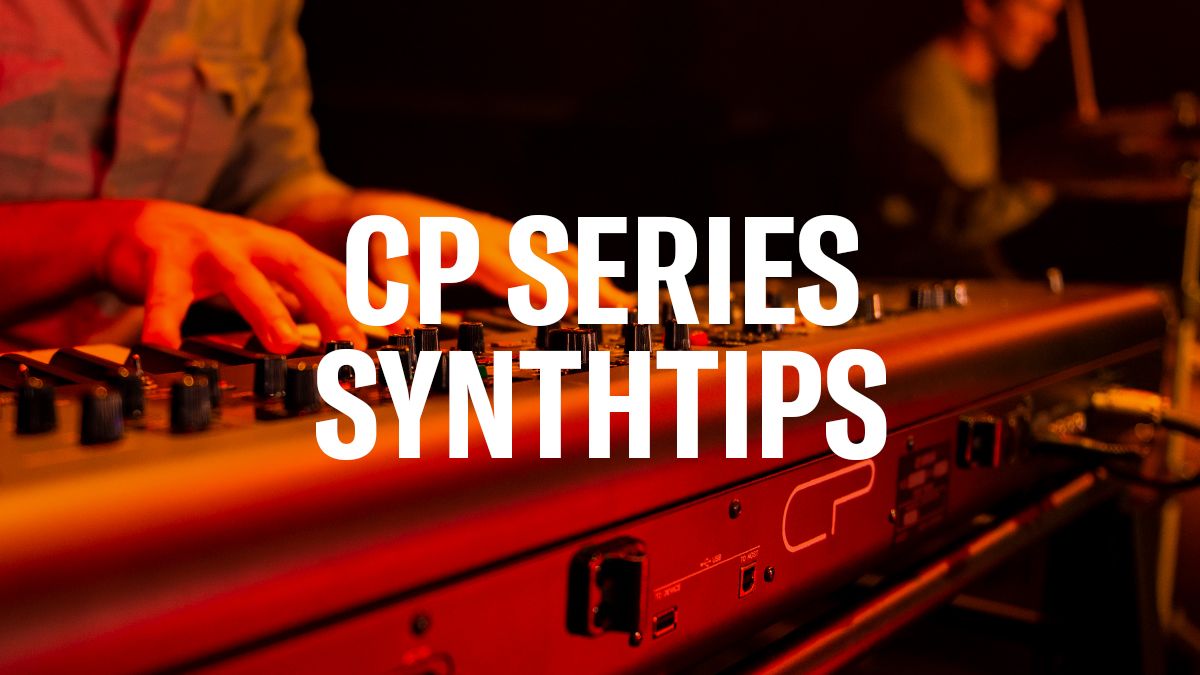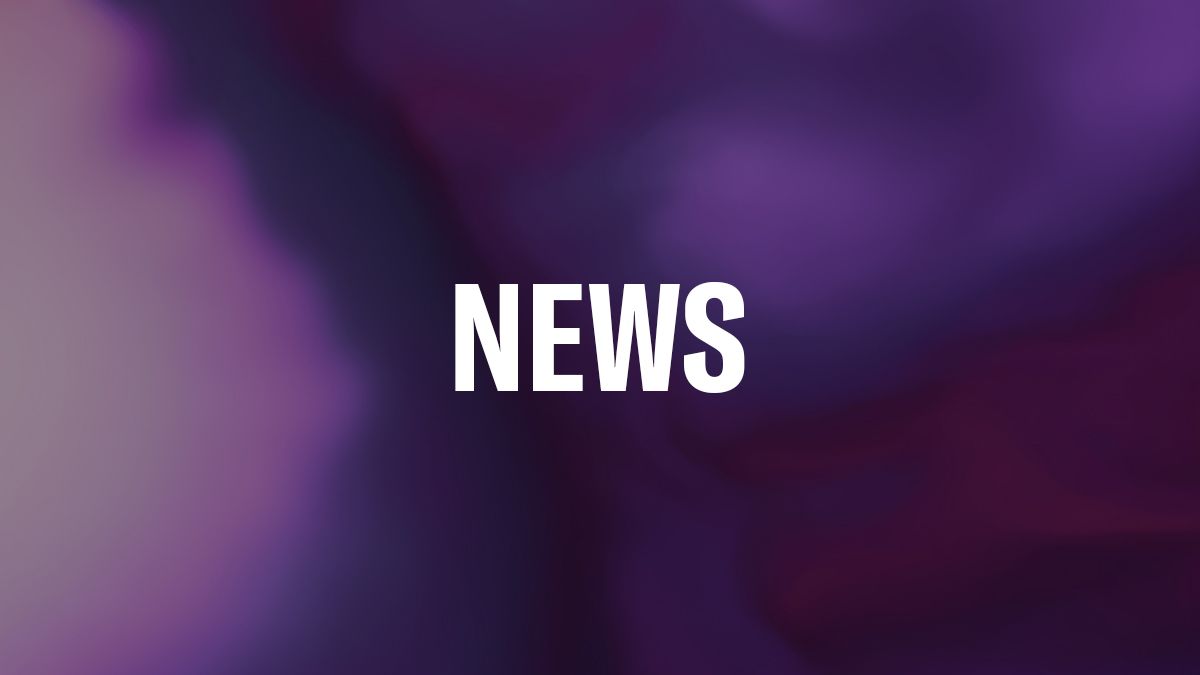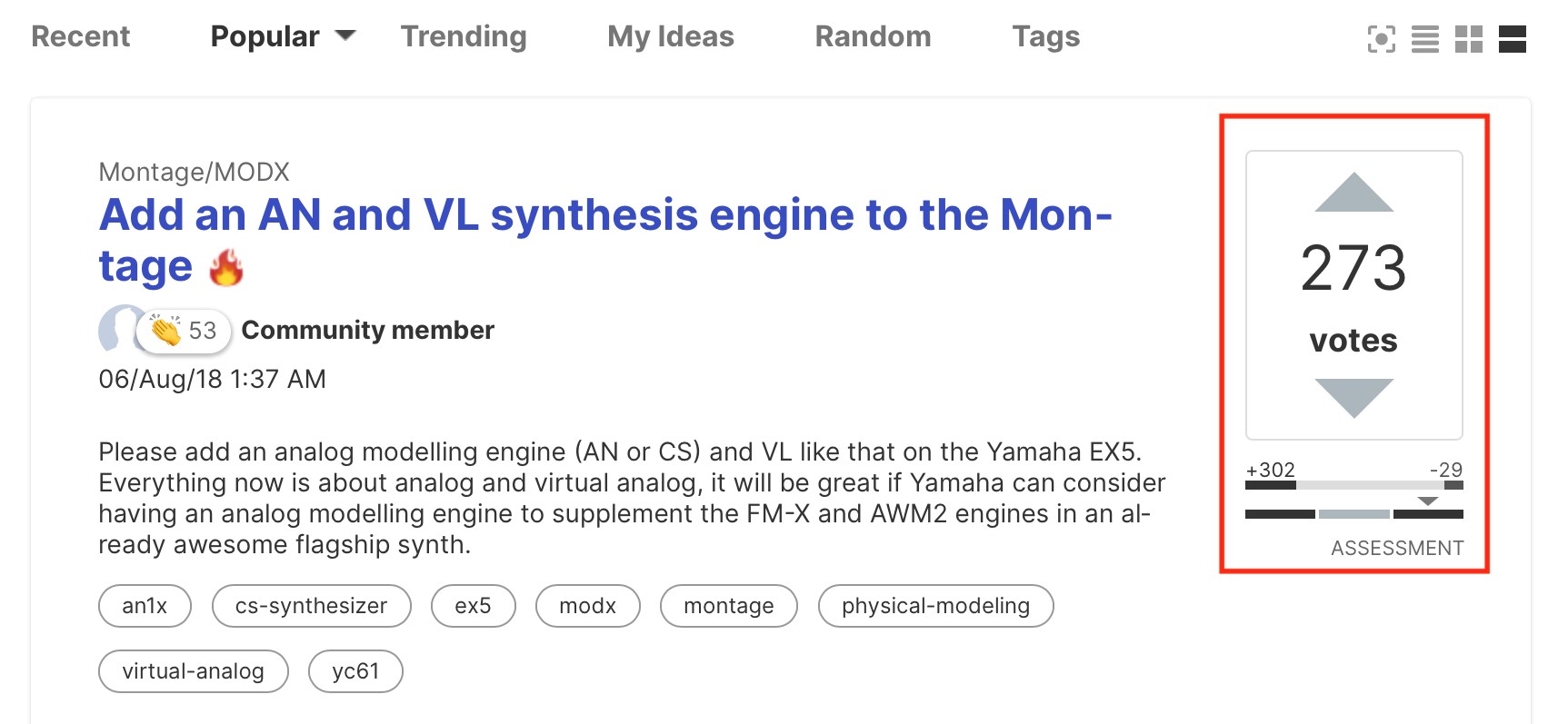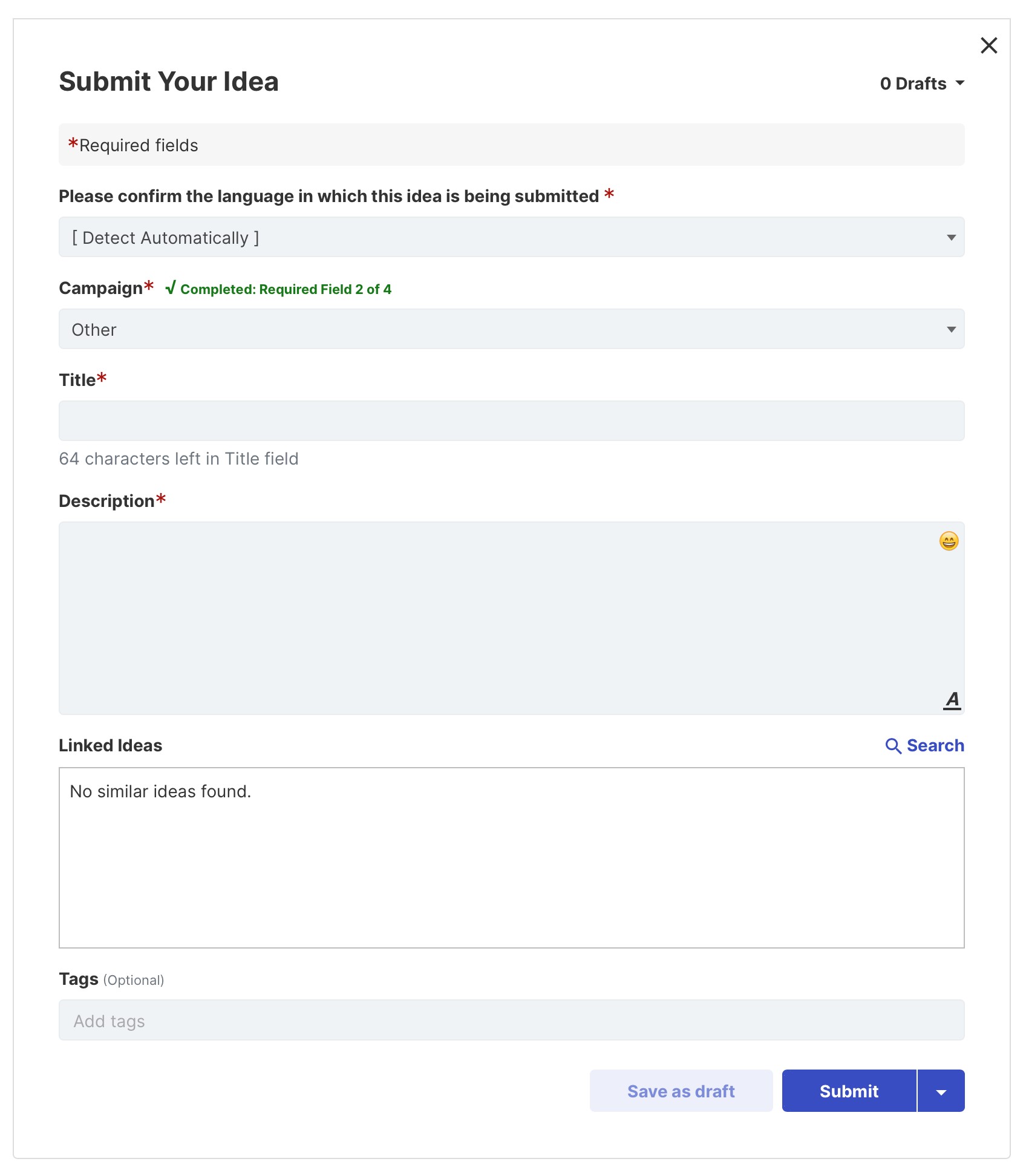What is Ideascale?
The YamahaSynth Ideascale Community is for helping Yamaha make better products through user feedback. Each week our team reviews, categorizes and curates ideas for our engineering team.
How do I join the YamahaSynth Ideascale Community?
Go here and create an Ideascale profile. Once registered, take a moment to look around and check out the posted ideas.
What should I do if I find my idea has been posted by another community member?
If you’ve found that someone has already posted your idea you have a few options. You can post a comment to add more detail and refinement to an idea. If you like the posted idea as it stands, you can quickly vote on it. You’ll see the voting widget located to the right of the post:
I’ve searched the YamahaSynth Ideascale Community for my idea, but it isn’t there. How do I post my idea?
To post a new idea, click on the “Submit New Idea” graphic at the top of the main page:
This will take you to the following form. If you think your idea is better explained in a language other than English, Ideascale can detect and automatically translate your idea:
I have three separate ideas I’d like to submit. Should I submit them all in a single post or should I submit them individually?
We prefer you submit one idea at a time. If you have three ideas, please submit each one separately. We ask for separate ideas because of clarity and the voting system. For example, if an idea post has three different ideas and receives 10 upvotes, we have no way of knowing which idea those votes relate to. That said, three separate ideas with three votes each make it clear.
I am looking to ask a specific question about my Yamaha Synthesizer or Stage Keyboard? Can I ask a question like that here?
The YamahaSynth Ideascale Community is a place to post ideas for product development. For using your Yamaha synthesizer, we have the YamahaSynth Forums. If you need additional support or information about repairs or parts, you can contact Yamaha Customer Support. For US Support go here. All other countries can access support from the country selection page.
I’ve submitted an idea, how long does it take to implement?
This is a great question. Unfortunately, there are many variables making it difficult to answer.
One variable is choosing the ideas that will improve products for the most people. This is why we suggest searching for similar ideas, upvoting those ideas and if you have a detail to add, sharing it in the comments.
Another variable is idea feasibility and our development schedule. Once we’ve passed ideas on to engineering, they have to study to decide if it’s possible to implement and if it is possible, put into a development schedule.
That said, our IdeaScale team has developed a process to notify idea authors when their idea has been implemented in a release. We will continue to develop this process in hopes have providing better information and feedback in the future.




